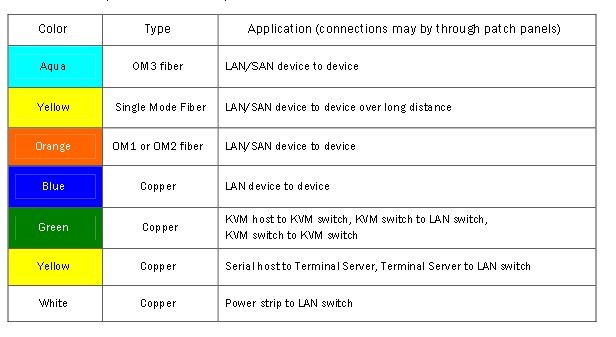Although Ethernet technologies have been used since the 1970s within LANs, it just recently has been around us like a wide area network transmission medium due to the development of fiber optic technology. With communication technology inching its way forward, fiber optic cable is slowly taking over the cable technology by replacing copper cable as a way of communication signal transmission. There are many benefits of converting to Ethernet over fiber when compared to traditional copper wires or cables.
The main advantage is the fact that when compared with copper cables, Ethernet over fiber can provide 1000 times more bandwidth covering a distance which is 100 times farther, which is a major step forward when compared with traditional forms of accessing bandwidth. With fiber optic’s unlimited bandwidth, it may communicate information more dedicatedly. As a result, you can imagine the rate from the connection which goes in circles around the bandwidth assigned. Ethernet for broadband can be delivered over fiber optic cables installed throughout an entire building which could substantially reduce normal provisioning time for clients residing in that building. Fiber optic cable also provides you the opportunity to expand your bandwidth and have new technologies like MPLS, DWDM, etc.
Since fiber optic cable is based on glass, it doesn’t conduct electrical current. Hence, that you can do away with grounding. It’s also protected against electromagnetic interruption like lightning. Fiber optic cable uses light pulses which make it convenient to use outdoors and close to electrical cables. It is not prone to water and chemicals as it is made of glass. Therefore, it cannot be damaged by abrasive elements. Therefore cuts down on the cost of maintenance of Ethernet. The highest quality technology utilized in fiber optic cables is stronger in comparison with copper cables. This produces high definition picture quality and is devoid of any outside influences.
In case of breakage of fiber optic cables, there is no chance of physical injuries. In contrast to conveying information through electricity, fiber-optics does it through light. There is also no risk of harm because of fire or electrocution. Providers hardly have concerns about hardware failure when they use fiber optics.
Optical fiber can’t be tapped easily as well as if it’s, no light is going to be transmitted. Hence, it is more secure than copper wires. Although, Ethernet isn’t available everywhere, it is still a cost effective option at places where it is obtainable. Whether for a small office or a large setup, it is an economical and practical solution. With regards to speed, fiber optic cables can transmit good signals over 10GB per second.
Surely, the advantages of converting to Ethernet fiber optic cables are enormous. With cutting edge technology in your hands, data communication isn’t restricted by distance and you may possess the best quality transmission for the phones, Internet and television. Ethernet fiber optic cable has been a great development in telecommunications. It has a lot of positive features. Telecom companies do not need to disrupt or divert your phone, Internet or television services when they upgrade their relays or to make repairs. You get non-stop, fast and clear signals.
As Ethernet over fiber became the most commonly used technology, an Ethernet patch cable is needed for the purpose of interoperability between several electronics. Ethernet patch cable is almost just like an optical or electrical cable that is needed when connecting one optical or electrical device to another with regards to routing signals. Once the two devices that should be connected and therefore are dissimilar you may need a patch cable. Ethernet patch cables can be split into fiber optics patch cords with fiber connectors (LC LC patch cable, SC-SC patch cord, ST connectors fiber, etc.) and copper patch cables with RJ45 connectors (CAT5e patch cable, CAT6 patch cable, etc).

